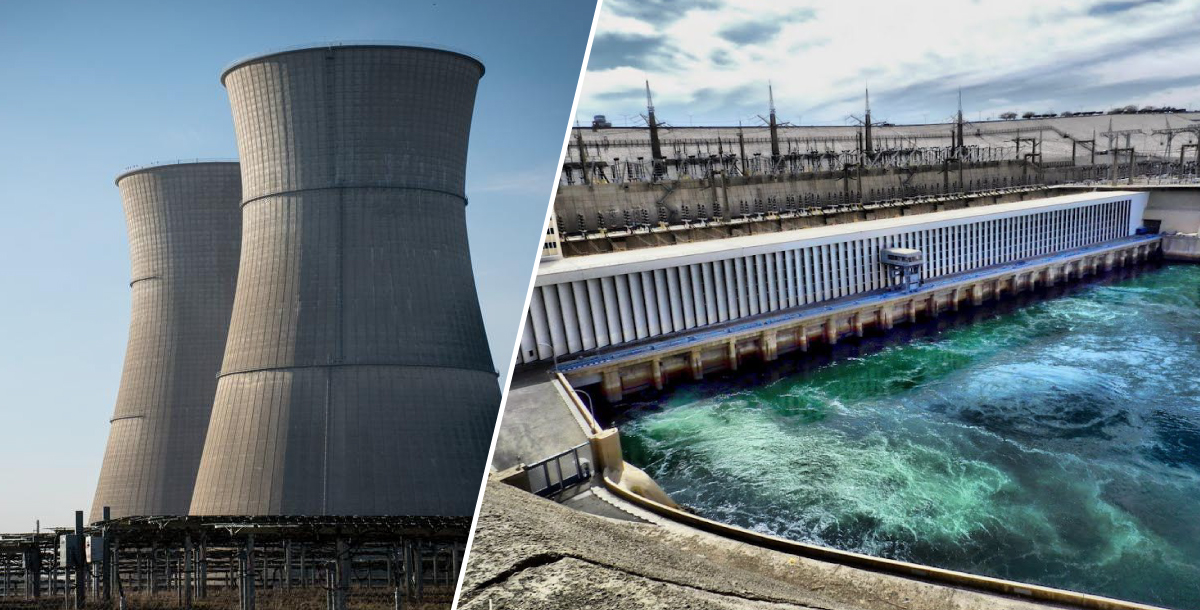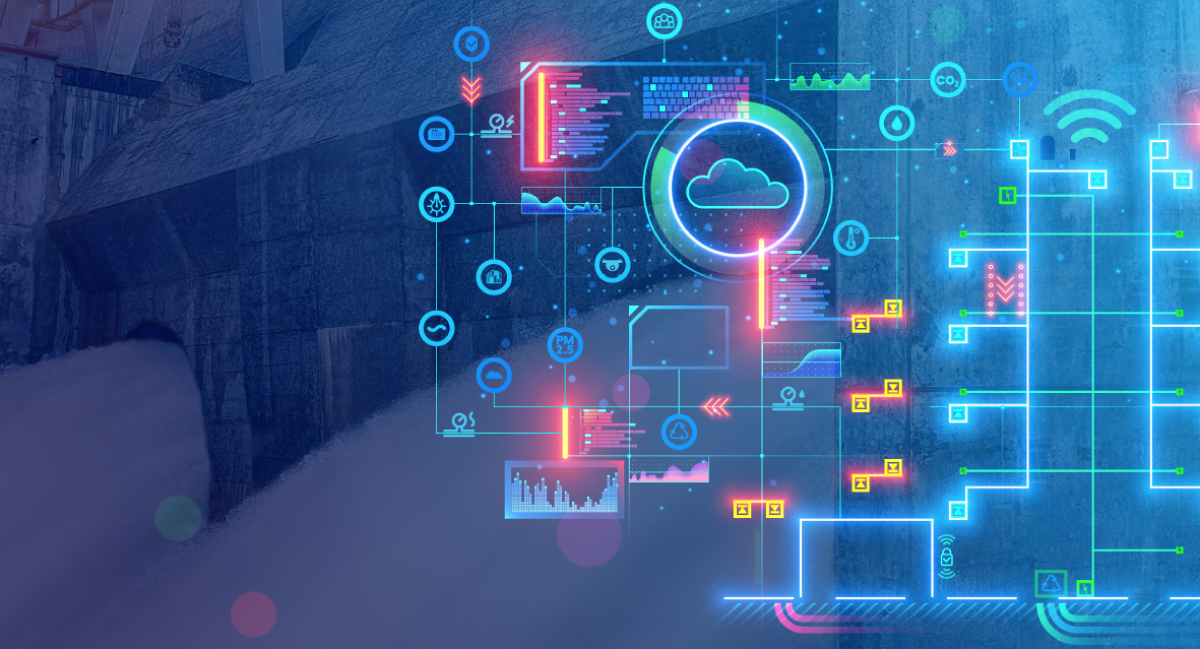The increasing demand for more output in power grids worldwide, aligned with environmental concerns, is pushing for more solutions in power engineering. However, such solutions largely depend on a fragile balance between geographic, political and environmental issues.
That’s why the technological successes of the expansion of hydroelectric power plants depend on environmental engineers and other trained engineers and technicians. This report deals with the current state of hydropower in the Middle East, explaining what trends are prevailing in 2022.
However, most countries in the region are still heavily dependent on fossil fuels. Until last year, 77% of the energy consumed in the region came from oil, gas and coal. Meanwhile, promising technologies, like solar power, represented only 2% of the Middle Eastern energy output.
For this reason, the Middle East is one of the regions with the most intense carbon activity. Last year its emission corresponded to 527g CO2 per kWh, well above the average of 442g.
Hydropower Trends for 2022 in the Middle East
The Middle East is one of the regions with the most geological activity worldwide. It has the second longest river in the world, the Nile, not to mention the Tigris/Euphrates, among others. How does a hydroelectric power plant work, though? The energy transformation in a hydroelectric power plant occurs when water is released from a reservoir uphill to a pool downhill. During this process, the water goes through several turbines, which transform kinetic energy into electrical energy.
Traditional hydroelectric solutions pose problems concerning water management in a mostly desert region. Most of the water supply in the region is directed toward farming and human consumption. So, keeping water stored in dams for electricity would make an invaluable resource even scarcer. Such scarcity calls for high-end technological solutions to work around geological and political limitations.
However, renewable energy is one of the top priorities, at the moment, in the world. It means that one of the main advantages of hydroelectric power plants is being renewable. More countries in the region are also becoming interested in solar and wind power. Both sources combined should equal the hydropower output in the next five years. Although short-term goals deal with the next five years, longer-term projections aim at the following decades. By 2040, both types of resources should make up a sizable proportion of the region’s energy output.
Current Hydropower Facilities Installed in the Middle East
So far, there’s more energy output coming from nuclear power plants than hydroelectric power plants. Still, it’s slightly more than solar and wind energy output combined. It means there’s a lot of room for expansion in the sector, and more companies worldwide are realising emerging opportunities in the region.

Despite being one of the driest places on the globe, the Middle East is experiencing one of the main disadvantages of a hydroelectric power plant in the region. It has considerable water resources, such as the Jordan, Nile and Tigris/Euphrates rivers. Despite the transnational nature of those rivers, it’s very challenging to reach cross-border agreements that allow for more effective management of this resource. Still, the crescent demand for other energy sources inspires more countries to overcome such barriers.
Currently, 12% of the energy output in the region comes from hydroelectric power plants. So far, Egypt leads the region’s installed capacity, followed by Lebanon, Iran, Iraq, and Syria. These are, unsurprisingly, the countries that share the most abundant rivers in the Middle East.
New Developments for Hydropower Industry in the Middle East for 2022
The Middle East is becoming an international reference in terms of investments and implementations of renewable energy facilities. The region has also witnessed an increase in the number of hydropower facilities. Such an investment also represents a transition between the extensive use of oil and other fossil fuels in favour of more environmentally friendly options.
The region also invests in other environmentally friendly options for harnessing natural energy. Thanks to mobile traffic signal systems, and industrial automation, it’s possible to increase the energetic output drastically compared to more traditional technologies. Solar panels and wind turbines are among the most popular options in the region and have been receiving more attention lately. However, it has a smaller energetic potential than hydroelectric power plants.
Top-quality industrial equipment suppliers are essential in this transition effort. Premel is one of the leading industrial equipment suppliers, with over 30 years of tradition in hydroelectric system maintenance and implementation, always following the best quality policy.
The Future of Hydropower in the Middle East
With the development of the Internet of Things (IoT) and other automated technologies, we can expect to see more hydroelectric power plants installed in the region in the following decades. However, it all depends on the level of investment countries in the region are willing to place in such projects.
The uncertainties caused by climate change pose a challenge to this kind of energy. The traditional hydro mechanical systems design is too expensive for countries willing to save money with renewable energies, not the contrary. New hydro mechanical systems delivery promises better performance at much lower costs. Other clean technologies, such as wind and solar power, can help alleviate the pressure on hydroelectric power plants and even become a source of emergency power.

Still, countries need to invest in industrial service maintenance and quality engineering to keep all sources working together and smoothly. Countries like Saudi Arabia, UAE, Oman and others are already investing in alternative energy sources, despite not having such an abundant water supply, such as Egypt, Lebanon, Iran or Iraq. Indeed, it’s the best way to avoid the worst impacts of a sudden climate event.
Conclusion
More global companies like Premel are coming up with sustainable engineering solutions to best use this energy resource. Premel follows the ISO 9001 standards and offers emergency power systems, power plant automation and general electromechanical equipment suppliers. Premel is a Swiss company with extensive expertise in a wide range of solutions for hydroelectric supply and facilities.
Premel is also one of the leading management services engineering industries in this sector, building, maintaining and upgrading hydroelectric power plants worldwide. In a period that urges for cleaner, more technological and more creative energy solutions, Premel excels as a company with extensive experience with European countries.
Learn more about Hydroelectric Power Plants from Premel. Contact Premel to learn more about electrical panels and the other products and services they have to offer.
